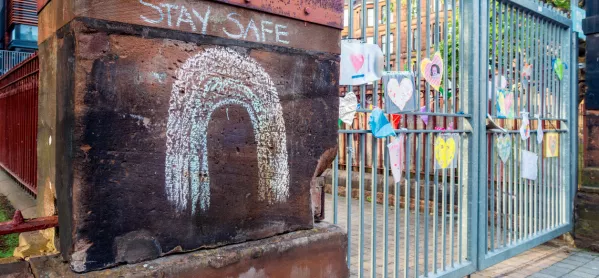The government has put schools in an “impossible” position through its failure to define “key workers”, headteachers have warned.
Children with one key worker parent can attend school during the lockdown but some schools are finding they are nearly full to capacity, prompting heads to warn that they will not be able to “reduce social mixing” in line with the aims of the national lockdown.
News: Lack of laptops could undermine lockdown, warn heads
Related: Don’t limit key worker places in lockdown, schools told
Quick read: More pupils expected in than during the first lockdown
Yesterday headteachers warned that a lack of laptops for pupils could undermine the third national lockdown, with over half of NAHT member schools reporting that between 20 and 40 per cent of their cohorts were in school.
The Department for Education said schools must not restrict school places for key worker and vulnerable pupils.
Paul Whiteman, general secretary of school leaders’ union NAHT, said: “Our members have reported to us that there has been significant additional demand for school places this time around.
“Of course, schools will be trying to offer the maximum number of places to families, but they have been put in an impossible position. They cannot meet the demand created by government and reduce social mixing in the way the prime minister announced”.
And teachers have also reported via social media that some parents have made dubious claims that they qualify as key workers, for example that they are a dog walker for NHS staff.
“The government acknowledges that schools do play a role in the transmission of the virus. Therefore, there comes a point when occupancy levels might be so high that they work against the efforts to bring down infection rates in communities, as is the national aim,” Mr Whiteman said.
“This could result in prolonging the amount of time pupils are away from the classroom, which we are all anxious to avoid.”
“Equally, if all staff are fully utilised teaching classes in school who is left to deliver the home learning for the few not covered in the definition?” he added.
“Given the national priority to suppress the virus, we believe that the government should offer guidance to schools so that reasonable levels of attendance can be set from school to school. In short, we would urge the government to be clear about how many pupils on-site is too many, if the virus is to be suppressed.”

